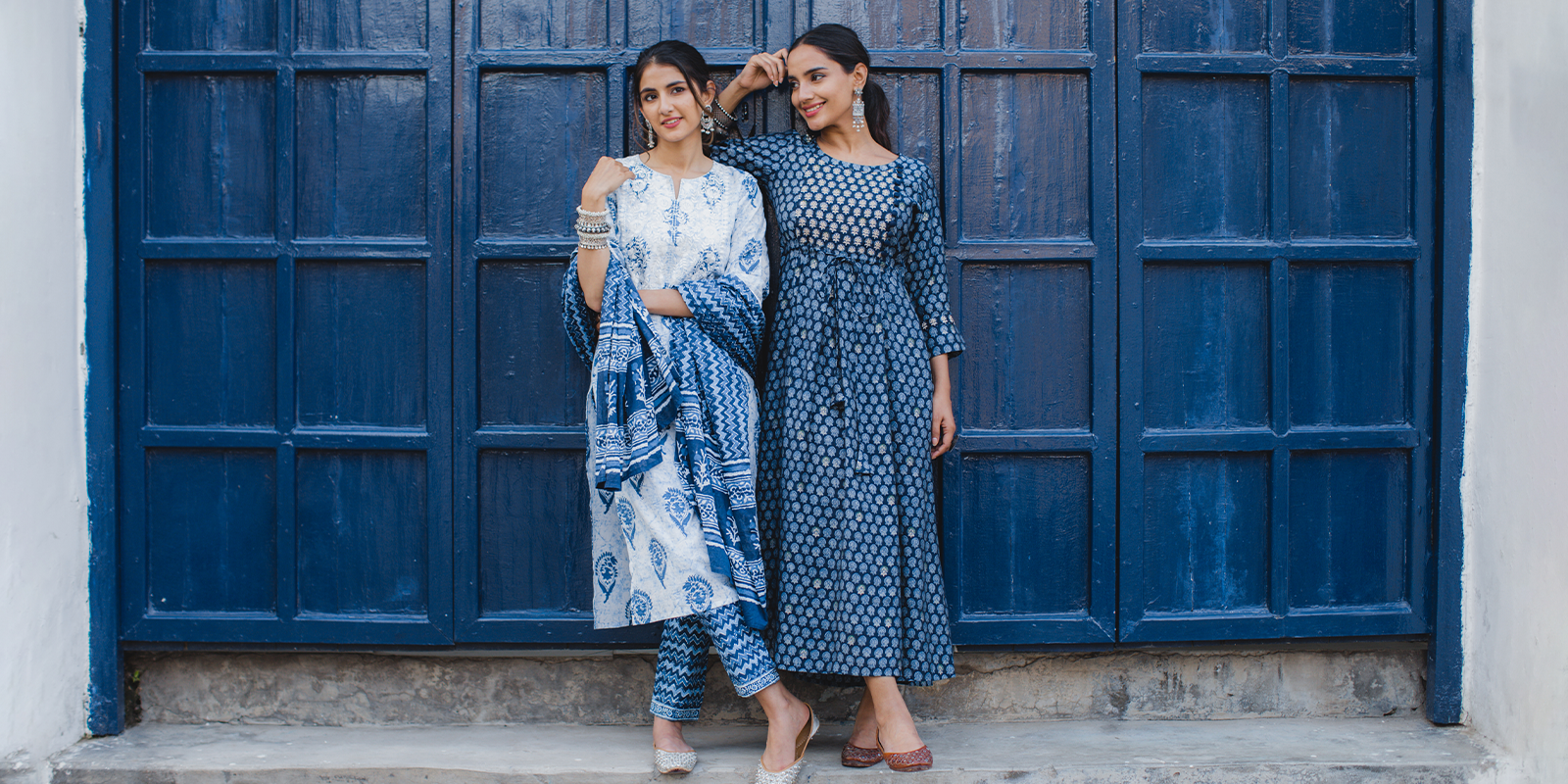When a friend was shopping for her wedding look several years back, she wanted a sharp, tailored suit. She went to a famous men’s clothier in New York’s Financial District, whose staff ultimately laughed her out of the store, a humiliation she still carries with her.
Today, her options would be plentiful by comparison as more mainstream clothing companies swiftly rise to meet the demands of a changing clientele — offering gender-bending, gender-fluid, and gender-neutral garments. As Ken Downing, the fashion director of Neiman Marcus, once told The Times: “What we see now is a seismic shift in fashion, a widening acceptance of a style with no boundaries — one that reflects the way young people dress.”

Market research supports that shift, showing changes in points of view on gender among Gen Z consumers. Some 38 percent of this group, born in 1995 and after, said they “strongly agree” that “gender doesn’t define a person as much as it used to,” as my colleague Ruth La Ferla reported last week.
The Council of Fashion Designers of America, a trade group of about 500 leading American designers, added the first unisex and nonbinary category to last year’s New York Fashion Week calendar.
Of course, unisex (and androgynous, for that matter) are not new terms for fashion. Women, particularly those with taller and slimmer builds, have long been able to shop for men’s clothes. But for curvy women (like my friend), men who want to escape rigid masculine aesthetics, and transgender people who may be adapting to a changing body, choices have been all but nonexistent.
Not to mention how winding through the men’s and women’s sections in traditional stores can be an exercise in anxiety and awkwardness for L.G.B.T.Q. People. Even Uniqlo and Muji, known to offer more gender-free looks, and H&M and Zara, which have presented gender-neutral items, continue to divide garments into men’s, women’s, boys’, and girls’.
The Phluid Project is an outpost of gender-neutral fashion in Lower Manhattan, and shops like it have no gender-based sections. “The style is all about identity and unfettered self-expression,” said Rob Smith, its founder.
Editors’ Picks
For N.F.L. Retirees, Opioids Bring More Pain
Gumbo, the Classic New Orleans Dish, Is Dead. Long Live Gumbo.
Cleaner Classrooms and Rising Scores: With Tighter Oversight, Head Start Shows Gains
The movement has also grown to offer parents more options for dressing their children, in contrast to the recent phenomenon of “gender reveal parties.” In November, for example, the singer Celine Dion, who has three kids, unveiled a line of gender-neutral children’s clothing. “The message I’m trying to convey is, you raise your children the way you want to,” Dion said.
But those kids’ clothes don’t come cheap (hoodies can cost $80 or more), and neither do their adult counterparts. A gender-neutral item from Phluid Project, Chromat, Wildfang, Official Rebrand, Hirsuit Swim, and Radio, among others, can easily cost $80 or more.
One reason: These brands are often bootstrapped endeavors, MI Leggett, the owner of Official Rebrand, told Mashable last year. “As L.G.B.T.Q. Designers, we need to learn how to value ourselves,” Leggett said. “We don’t have big companies helping us; we must advocate for ourselves.”







